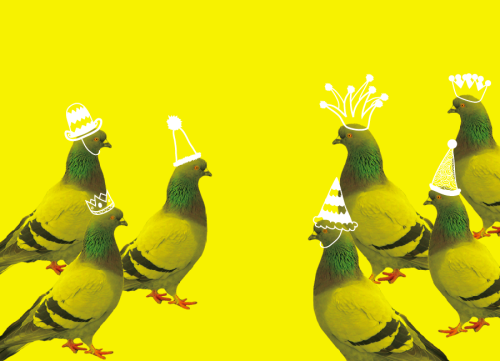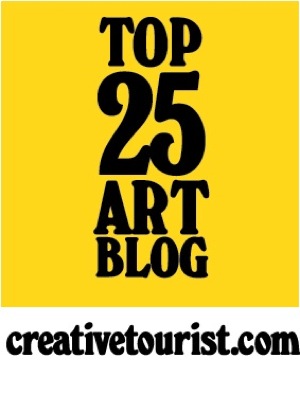
As a long-time diary aficionado, I couldn't resist the chance to take a peep at
Ctrl.Alt.Shift's
Dear Diary, which ran for two weeks in May at Super Superficial's Gallery 7.
In a little room in the basement of a Covent Garden shop, this tiny exhibition offered up a selection of written and audio diaries from young people from all over the world, ranging from the visual journals of Dan Eldon, a young photojournalist who was killed on the front line by an angry mob in Mogadishu at the age of 22, to musings from Kurt Cobain, Anais Nin and Sylvia Plath. Extracts written by teenage Kenyans living in a context of extreme poverty, violence and political instability were side-by-side with the unpublished diaries of ordinary British people, collected by the British Library's Irving Finkel. A comfy chair in the corner provided a space to browse a bookshelf of famous diaries and journals, and to jot down your own diary entry to add to the selection on offer.
The exhibition was complemented by an aptly-named event,
Cringe at Hoxton Hall, which saw the theatre transformed into an 80s-style teenage bedroom complete with pin-up posters and
The Breakfast Club playing on a TV screen. Readers from Henry Holland to Brett Anderson read extracts from their own or others' diaries seated on a bed strewn with copies of Just Seventeen, Smash Hits and Jackie, accompanied by music from Jodie Harsh and Matt Horne. As a part of the project, Ctrl.Alt.Shift have also launched a limited-edition
diary, with a cover illustrated by Alexa Chung and featuring extracts from Courtney Love, Daniel Johnson and Anais Nin, with all proceeds going towards work with young people from the slums of Nairobi.
Blending the entertainingly kitsch and toe-curlingly self-indulgent with some serious questions about how diaries of all kinds help young people to deal with even the most traumatic experiences, and resonating with Ctrl.Alt.Shift's wider purpose as a movement fighting social and global injustice,
Dear Diary was an enjoyable and sometimes thought-provoking little show. However I was left feeling that this was really just the tip of the iceberg - for me at least, this fascinating and rich literary form has lots of interesting depths still to be explored.


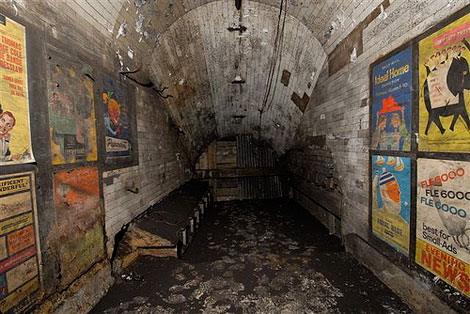
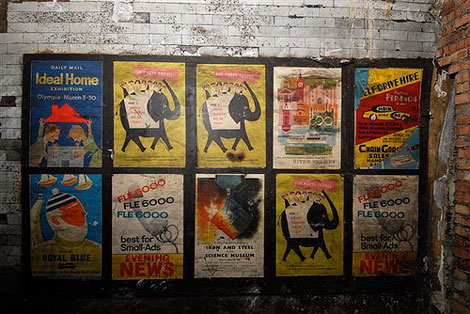
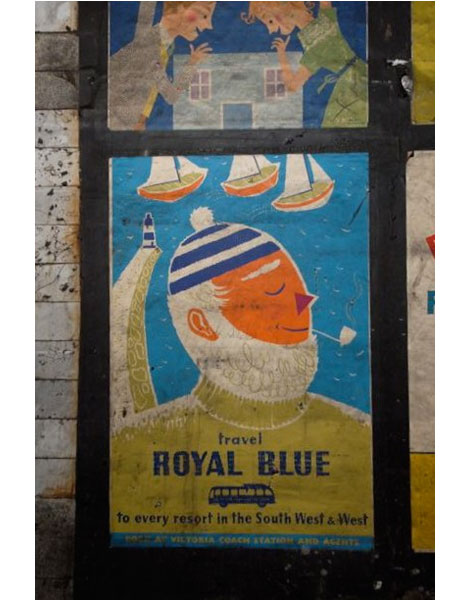

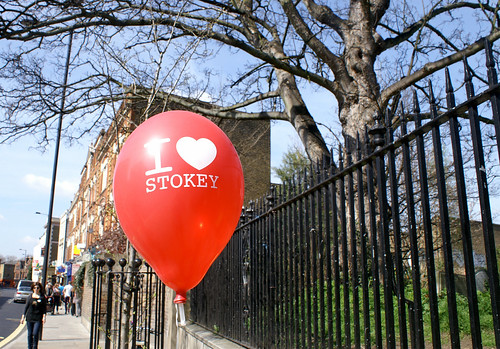



.jpg)





